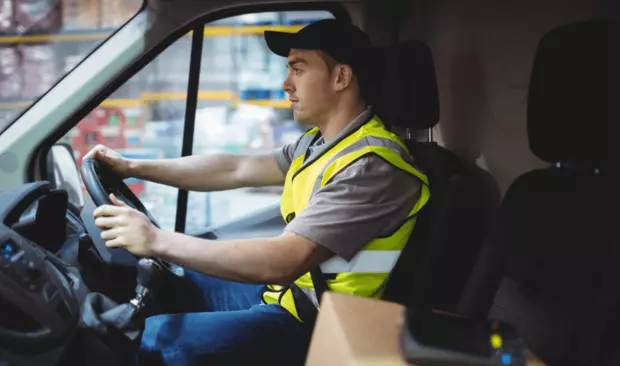How to manage customers’ delivery expectations

The ‘last mile’ is often the most complex and expensive step of the whole delivery process and, as ecommerce sales continue to rise, it’s an increasingly prominent challenge within fulfilment and logistics operations.
Both consumer and business customers now expect a fast and often free delivery of their goods, and the impact of a poor experience can have a significant impact on overall customer satisfaction. Most people can relate to the frustration of a delivery falling outside of a designated slot or failing to turn up at all.
With their expectations now sky-high, managing your customers throughout the whole transportation and delivery operation is essential to maintain relationships and secure repeat business.
Be honest with your customers
The ‘Amazon effect’ means that customers now expect to see every step of a product journey, from placing the order to seeing it arrive on their doorstep. The rise of faster delivery means that products can be delivered the same day with just a few clicks.
Consumers are still looking for improved levels of service with a recent survey showing 38% want even faster delivery times. This means it is vital to set clear and realistic expectations. For example, don’t promise next-day delivery if that isn’t a realistic option. Being open and honest can earn trust and loyalty.
If you rely on third-party couriers to fulfil orders, automated courier integration can link your ecommerce platforms and websites to give total visibility on online orders covering despatch traceability, as well as optimised customer behaviour data.
Automated updates to consignment and tracking information can also be linked to your online sales channel to provide customers with clear despatch updates, as well as streamlining any returns.
Customers expect choice, with the rise of hybrid working meaning many people now choose to split their time between the home and their place of work, so providing more courier and return options gives maximum flexibility, alongside automated and regular delivery updates.
Reducing time and costs
The widespread option of free, next day delivery means that a high delivery cost could be the difference between a successful purchase or an abandoned cart. The fluctuating price of fuel and rising driver costs mean that fulfilment can quickly become a costly and frustrating operation.
For businesses managing their own fleet of vehicles for delivery runs, time is money, so fast and accurate fulfilment not only ensures customer satisfaction, but can also have a significant impact on the bottom line.
With a logistics management system, one-view grids can provide full insight into drivers, their assigned runs and outstanding delivery schedules. Planning the most effective routes, including driver breaks, refuelling stops or additional security checks, you can quickly determine accurate route times and distances, as well as plotting the fastest route.
With simple-to-use mobile apps, drivers are equipped with everything they need to deliver to their destination on-time. With access to signature collection tools, Google Map integration and estimated drop times, it’s easy for drivers to contact customers ahead of drops, and record the reason for any failed deliveries.
We all expect faster and easier access to goods and both consumers and business customers won’t accept a sub-par experience. Above all, customers just want to know what cost and delivery timeline to expect. By setting realistic expectations and communicating clearly with your customers up-front, customers will feel more confident purchasing from you again.